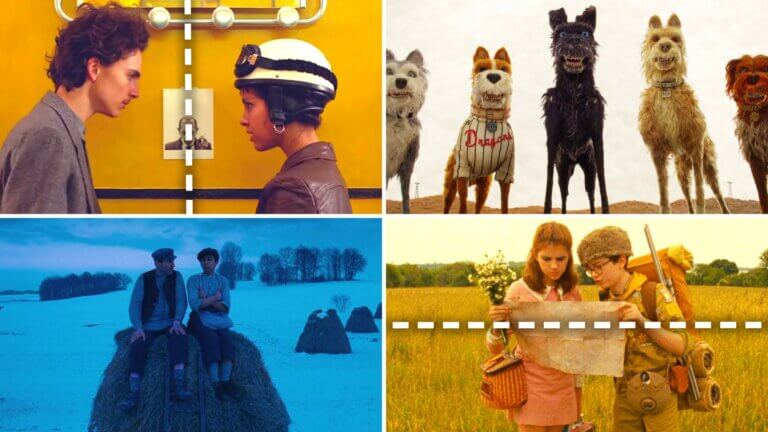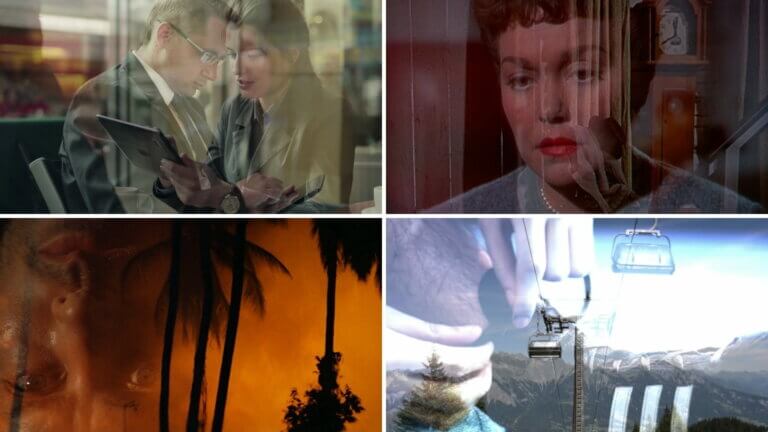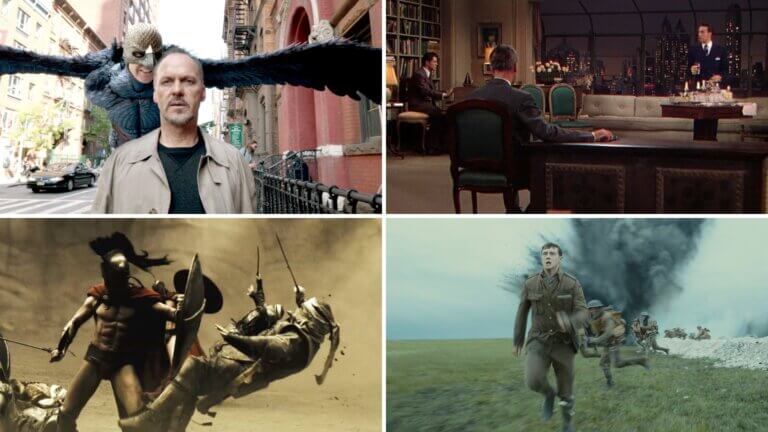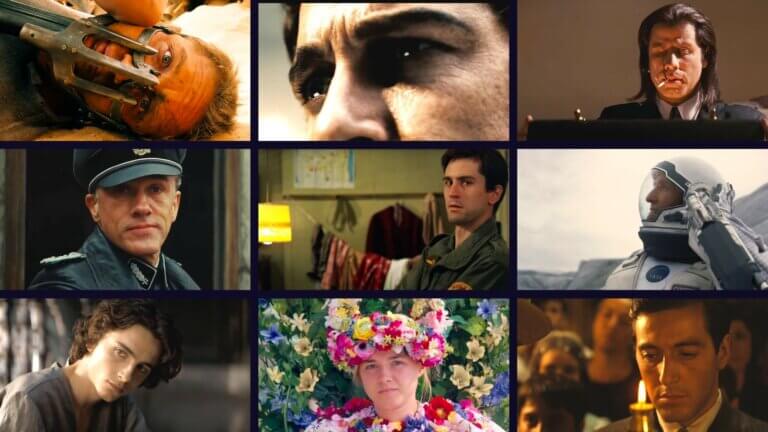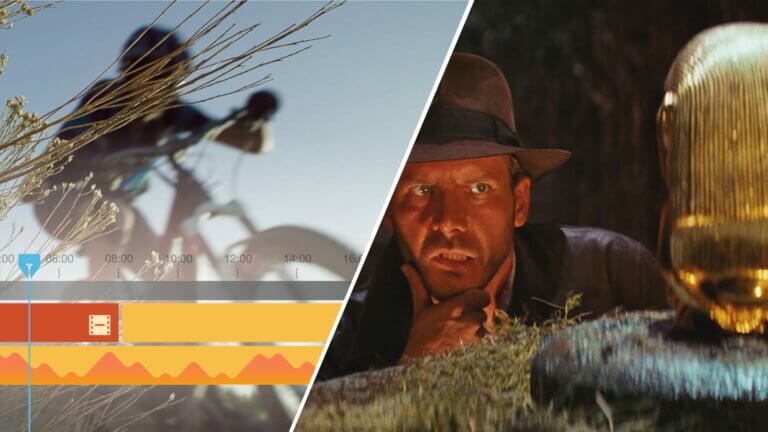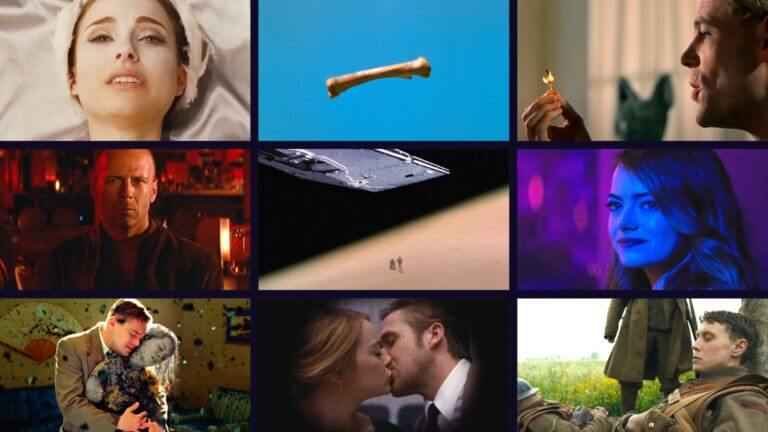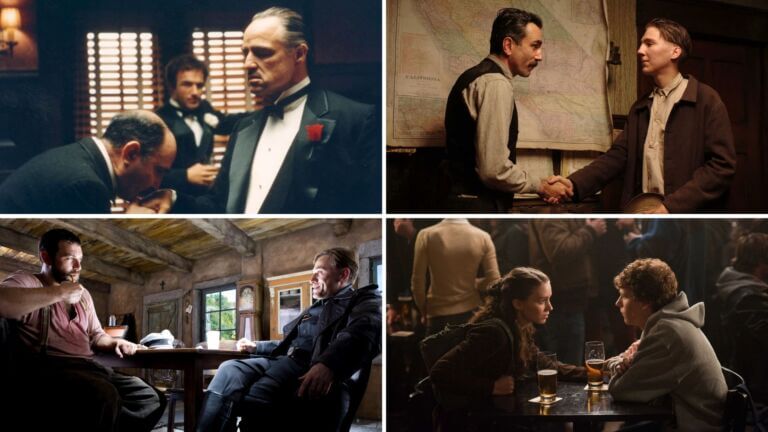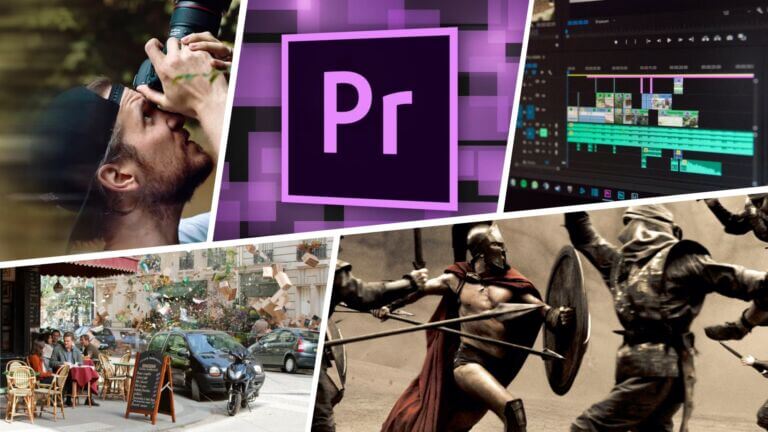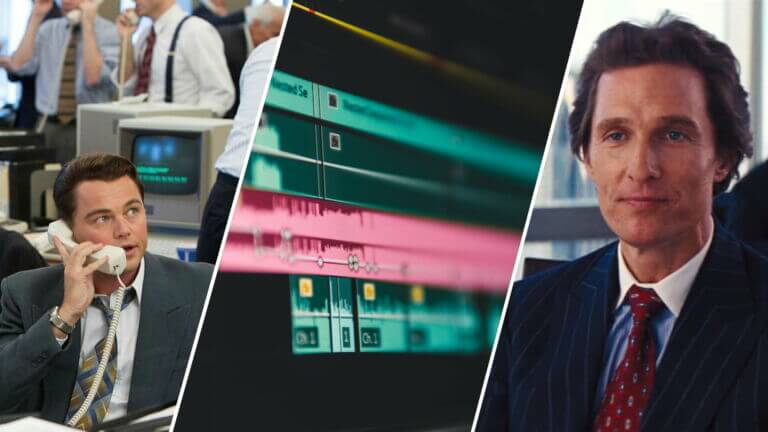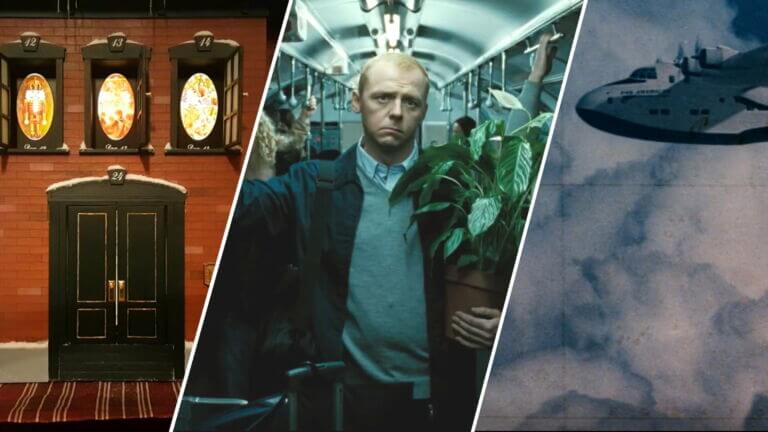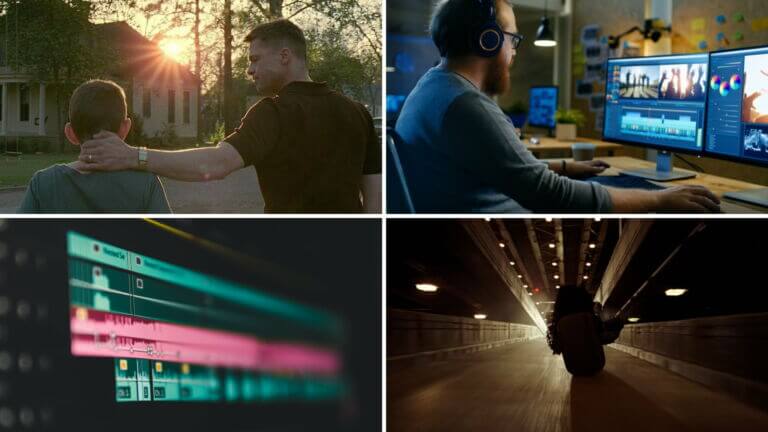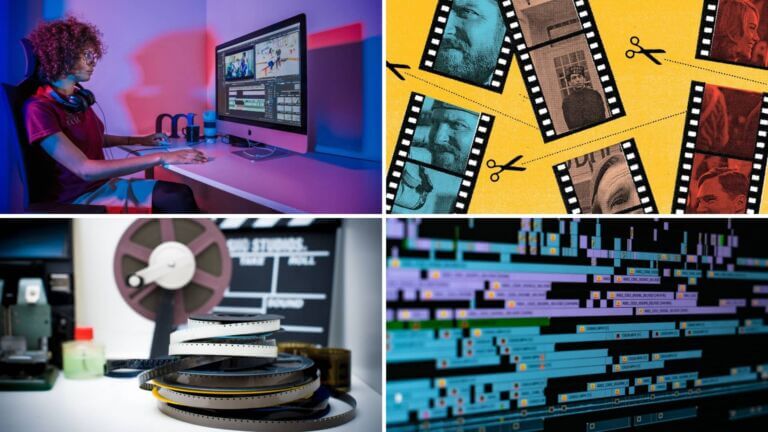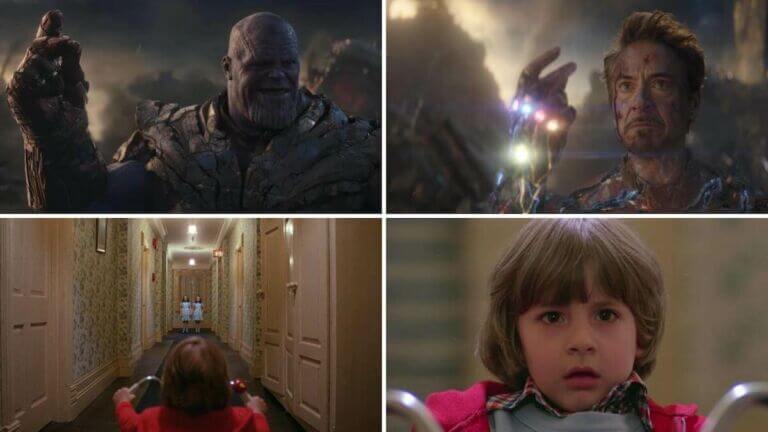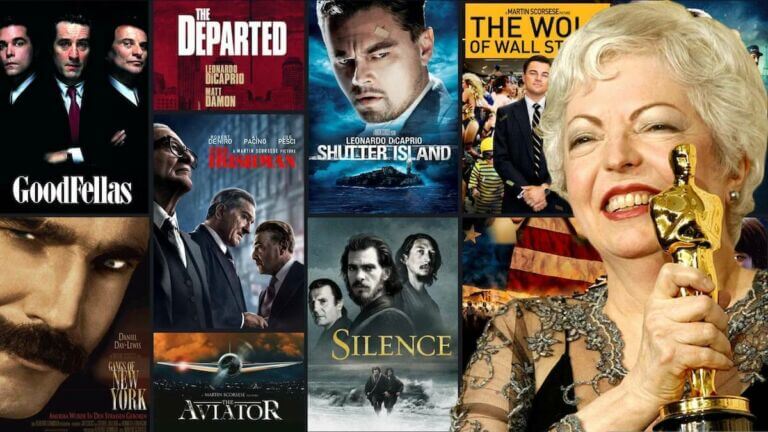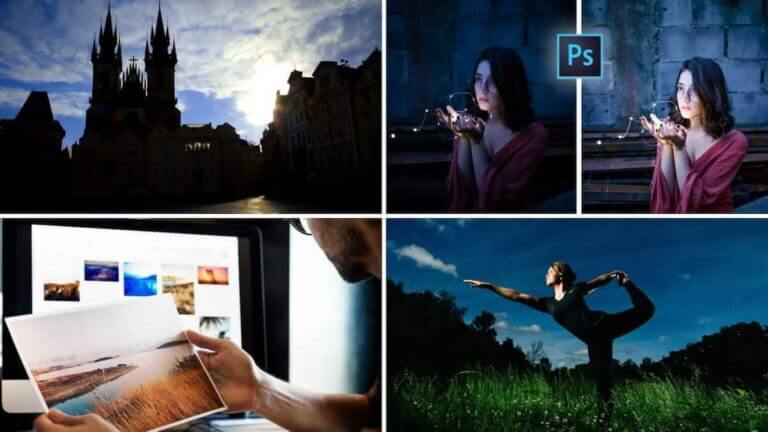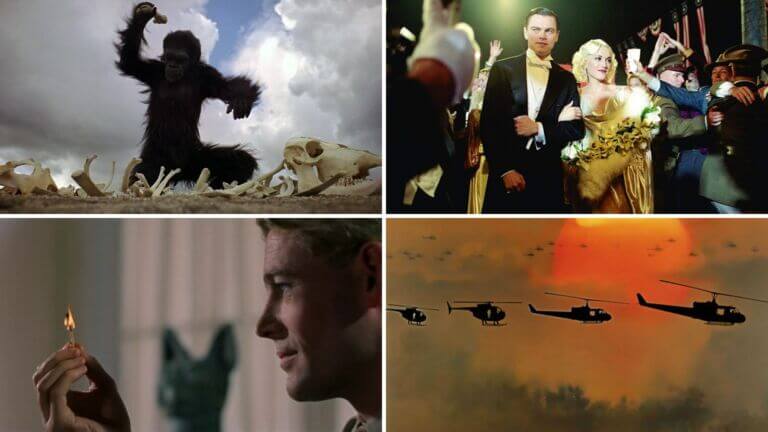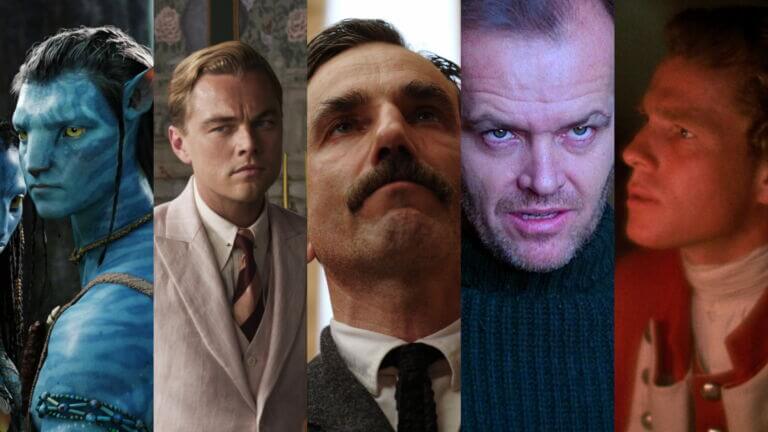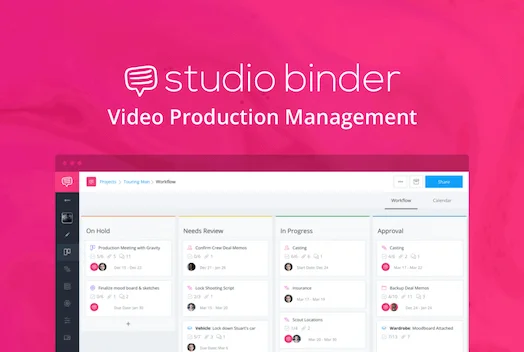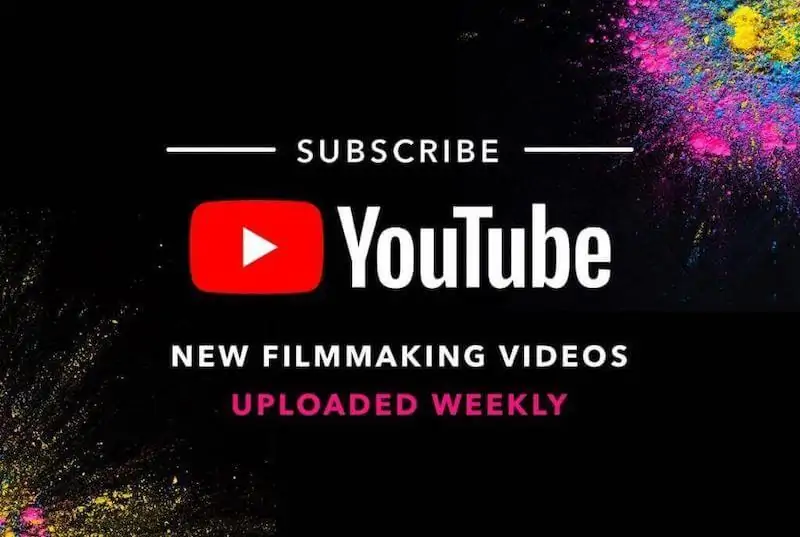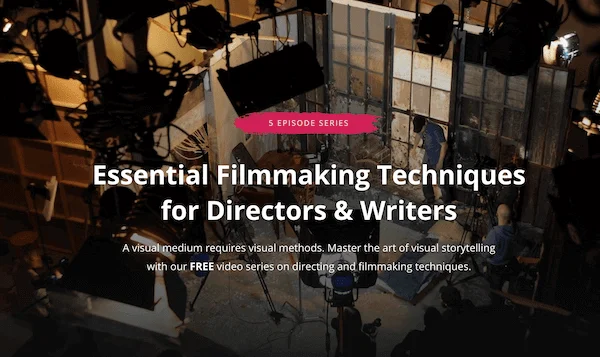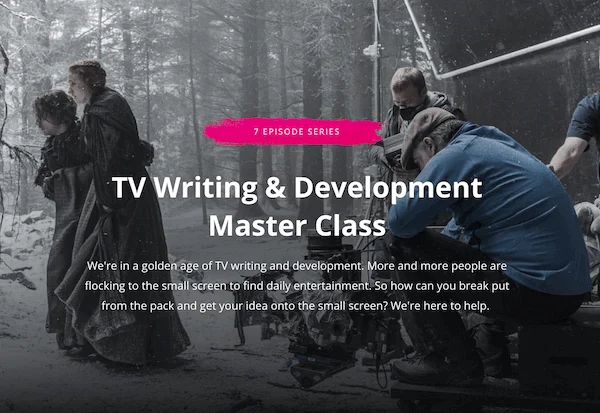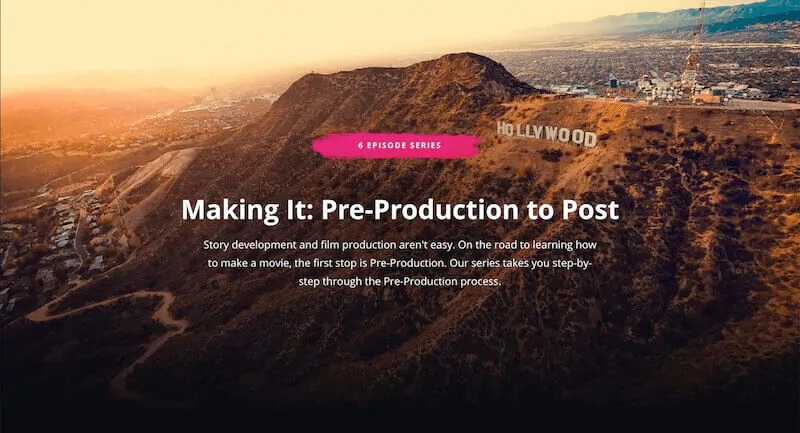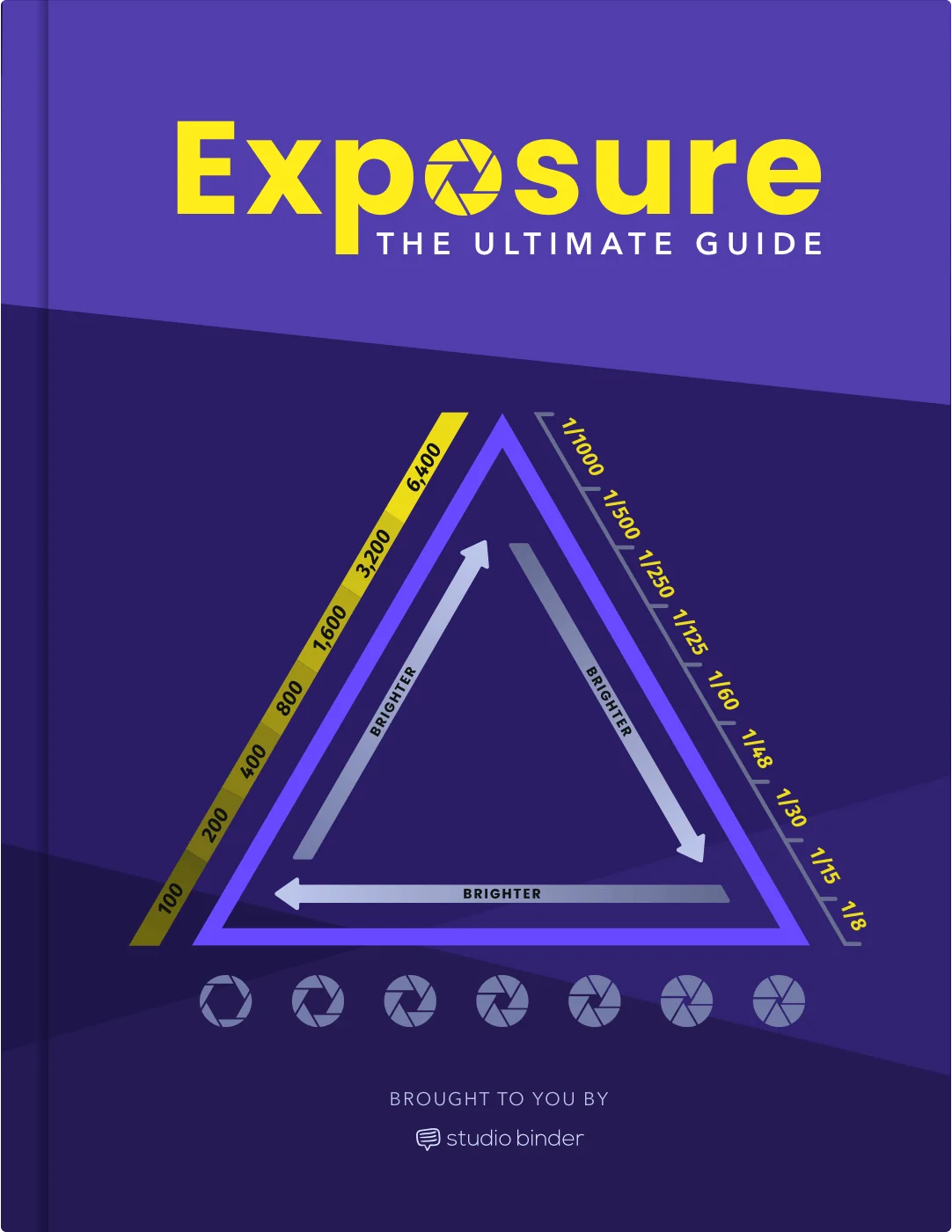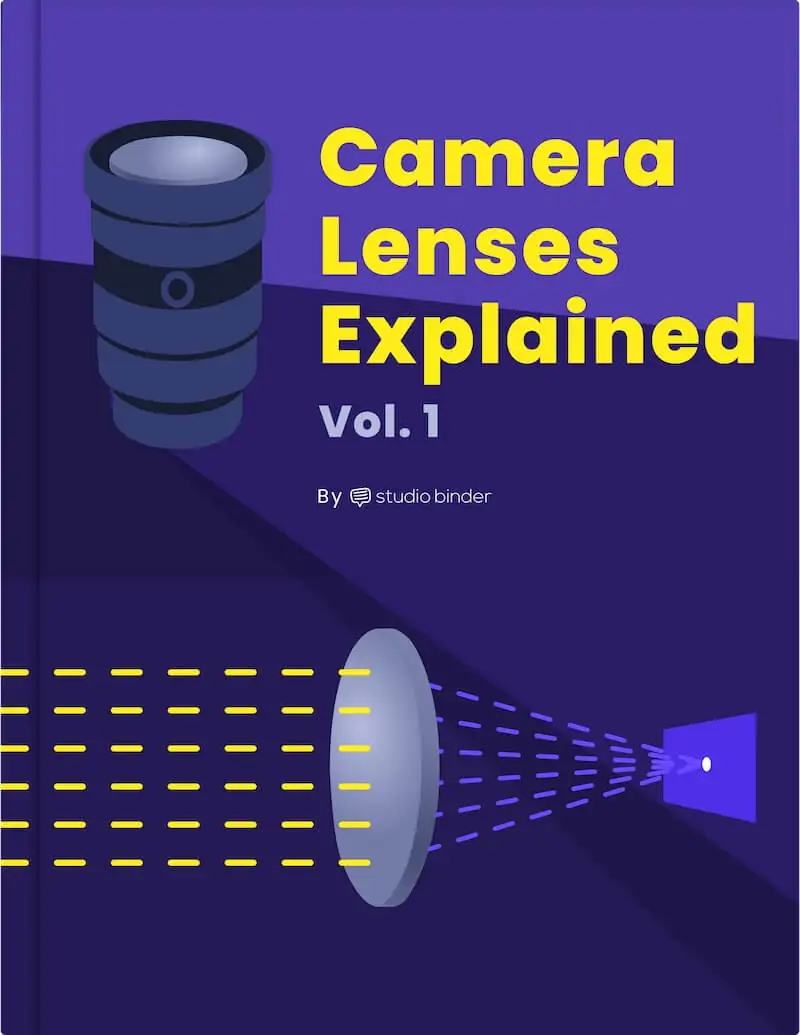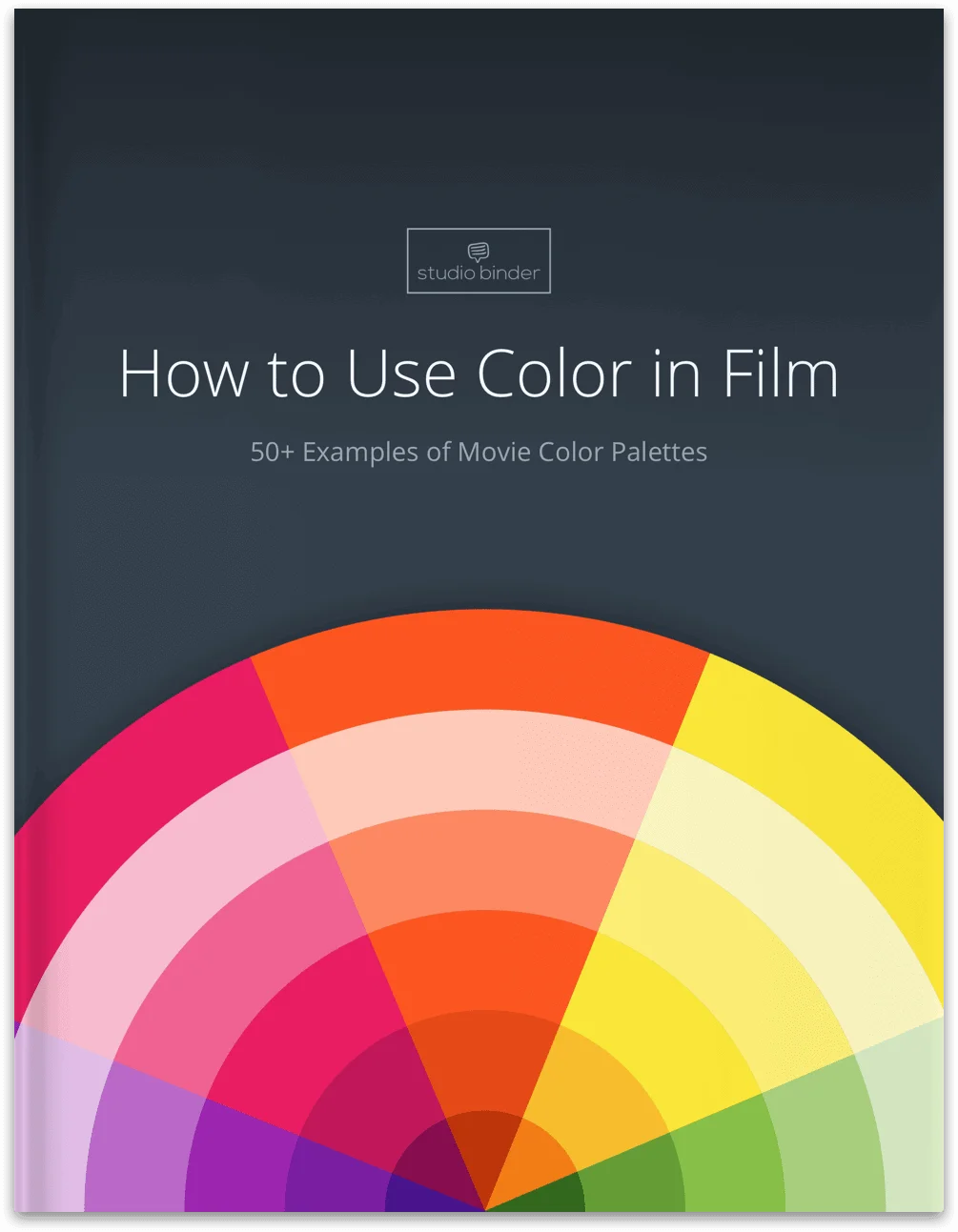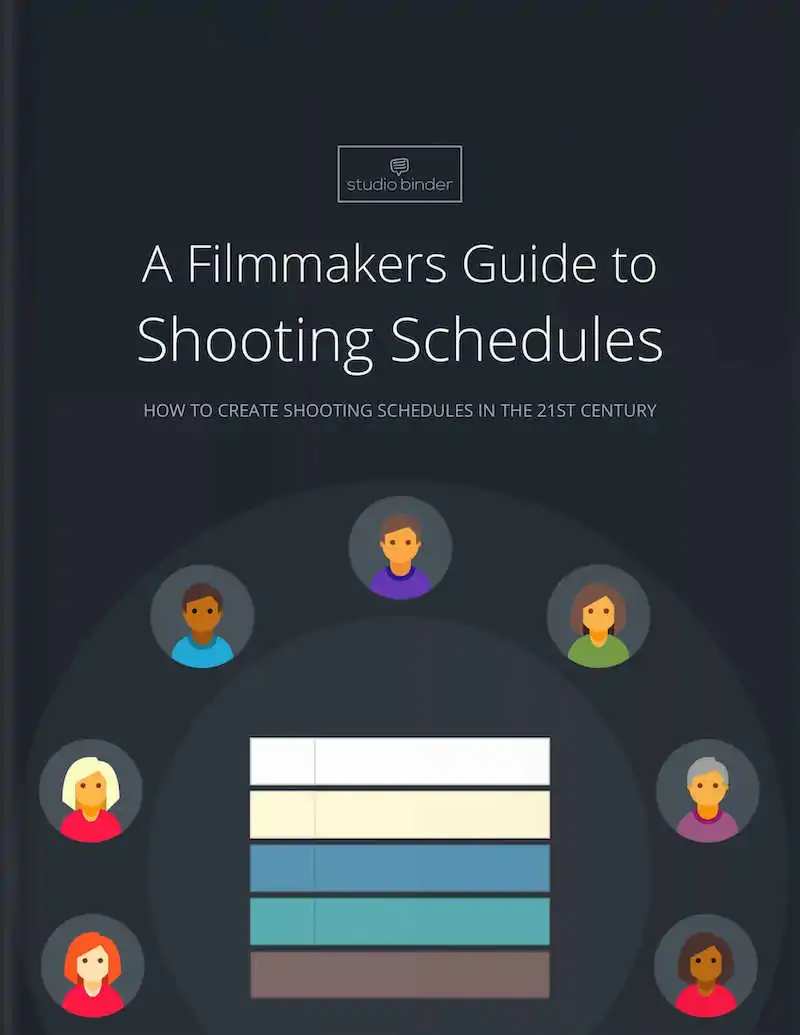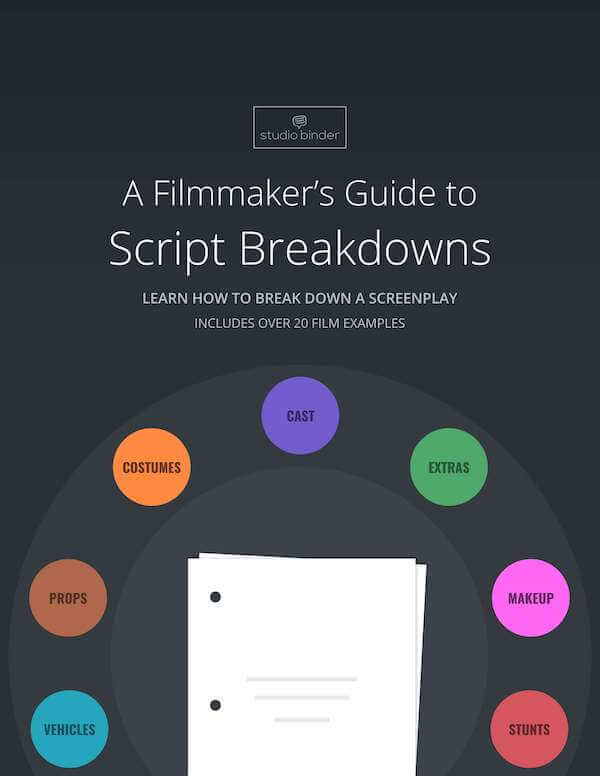Much has been made about Wes Anderson’s use of symmetry in shot composition – but did you know symmetry extends to his editing style as well? Wes Anderson utilizes symmetry in every facet of his filmmaking process, from pattern events to blocking and staging. We’re going to show you the art behind Wes Anderson’s symmetrical… Continue reading Wes Anderson Symmetry & Symmetrical Editing Explained
The lap dissolve is one of the oldest editing transitions in cinema. Originally, the lap dissolve was achieved by overlapping the exposure of a single frame of film from shot to shot similarly to a double exposure in photography. Why exactly did filmmakers want to create this effect? How do they use the lap dissolve differently… Continue reading What is a Lap Dissolve — Film & Video Editing Techniques
Editing is one of the most fundamental processes of filmmaking. Many call it the last rewrite of a film in which the film truly comes together. So how do you create a movie without normal post-production editing? Through in-camera editing of course. In-camera editing may seem like a disadvantageous technique. However, the popularity of the… Continue reading What is In Camera Editing — Techniques for Photo and Video
Scene transitions, sudden sounds, quick cuts, off-screen voices, and narrative flow are just among the many terms associated with the “invisible art” known as film editing. Originally seen as a technical tool in the movie making process, film editing quickly evolved to become one of the most important creative aspects of filmmaking. But as its… Continue reading What is Film Editing — Editing Principles & Techniques Explained
There are a few fundamental editing techniques that every editor should know. One of the major ones is the J-cut. Just about every movie you watch has some sort of J-cut within its edit. J-cuts help move the film along in an engaging way, but can also be an incredibly effective storytelling device when used… Continue reading What is a J-Cut in Film — Editing Techniques Explained
Great performances, direction, cinematography, and even production design are all essential for creating an engaging dialogue scene. But one of the most important aspects of a great dialogue scene is effective editing. Editing can make or break a dialogue scene even if all of the other filmmaking elements fall into place. So how do you edit… Continue reading How to Edit a Dialogue Scene — Tips and Techniques for Editors
Are you wondering how to ramp speed in Premiere? We’ll be walking you through four simple steps to create your very own speed ramps in Adobe Premiere Pro. We’ll even provide a couple of tips to set yourself up for success in advance of bringing your footage into the editing room. Let’s get started with… Continue reading How to Speed Ramp in Premiere — A Guide for Video Editors
Are you having trouble transitioning from one scene to the next? Maybe you feel like there’s something missing in the cut. Or maybe the cut is just far too abrupt and distracting. Sound bridges are an incredible editing technique that can be found in nearly every film you’ve seen. What is a sound bridge in… Continue reading What is a Sound Bridge in Film — Scene Transition Techniques
One of the most important parts of creating an engaging film is being efficient with time. As a storyteller, you must make sure that you are communicating the necessary plot information to your audience without boring them with superfluous details. A bridging shot helps filmmakers accomplish exactly this. When a story jumps from one moment… Continue reading What is a Bridging Shot in Movies — Shot Types Explained
Transitions can be an incredibly effective storytelling device that filmmakers use to visually communicate to the audience. One of the earliest transitions is the wipe transition. What is a wipe transition? First used in 1901 in Robert Paul’s Scrooge, the wipe was used from the top of the frame to the bottom, emulating the visuals… Continue reading What is a Wipe Transition in Film — Editing Transitions Explained
Rhythm in art is often synonymous with music. Tempo, measures, and beat are critical to captivating listeners and building a great song. Rhythm in film editing works in the same way. The audience’s engagement is largely dependent on the pacing of a film. Too slow is boring and too fast makes it hard to connect… Continue reading How Does an Editor Control the Rhythm of a Film?
What is screen direction in film? Why is it important? And how can it be used creatively? We’ll be answering all of these questions and providing you with everything you need to know about screen direction. We’ll get started with a comprehensive definition, then drill down deeper into the various techniques and applications associated with… Continue reading What is Screen Direction in Film — How to Preserve Continuity
Film editing is an underrated art form, and oftentimes under-appreciated. Editing is the backbone of filmmaking — it takes a lot of hard work and dedication to the craft, including developing one’s own unique editing style, and breaking the rules. Let’s examine one of Hollywood’s most accomplished and notable film editors, Thelma Schoonmaker, and discover… Continue reading Thelma Schoonmaker Editing Style & Working with Scorsese
If you find yourself asking, how can I speed up my video? We’re happy to provide the answer, no matter what platform you’re on. The details will vary depending on the particular editing software being used, the method of shooting, and what platform you intend to upload on. For professional video projects, we recommend a… Continue reading How to Speed Up a Video — iOS, Android, Instagram & Premiere
Becoming highly-skilled at any craft always starts with learning and honing the fundamentals. So of course, if you want to become a photographer, knowing how light interacts with your camera and how to use that light to produce well-exposed images, are good first steps. In this post, we’ll lay out a few examples to answer… Continue reading Underexposed Photography — Editing in Photoshop & Lightroom
Film cuts are some of the most important elements in all of filmmaking. But what are the different types of cuts in film? And how are they used by editors to create seamless, jarring, or disruptive flows? We’re going to explain the different types of cuts in film with examples from iconic films. By the… Continue reading What is a Film Cut — Editing Cuts and Transitions Explained
We’ve discussed the basics of exposure — overexposure, underexposure and what camera settings control it. But what is double exposure? It isn’t a difficult technique to master, it just takes a little practice. In this post, we’ll cover the basics behind this style with some tutorials on how to do double exposure in Photoshop. Let’s… Continue reading What is Double Exposure? Techniques in Photography and Film
Eyelines in film help you tell a professional visual story better than most directing techniques and film gear ever will. The very basics of crafting an effective scene begins with the eyeline match. This is a filmmaking technique that, when done correctly, should go completely unnoticed. Nonetheless, it is an incredibly important technique that all… Continue reading What is an Eyeline Match? Definition & Examples for Filmmakers
